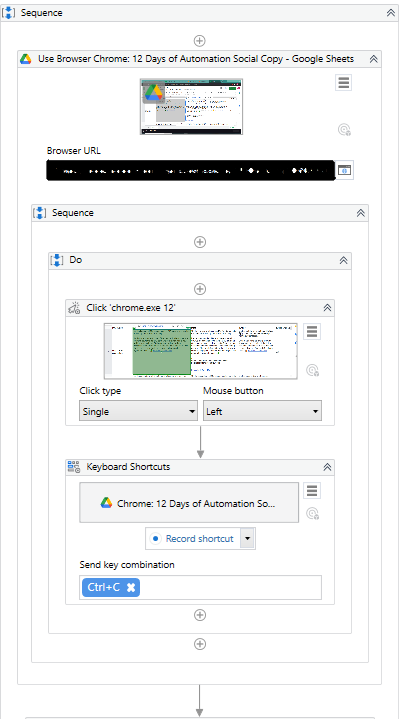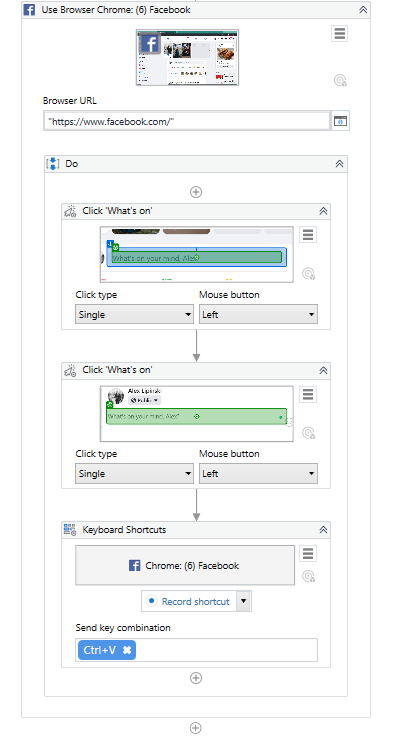Be home in time for the holidays with Low Code RPA.
What if you could solve your mundane work-related problems with a bit of mind mapping and a few left mouse clicks? What if you didn’t have to run every automation request through the IT department — clogging up their pipeline and slowing down your results? What if you could identify barriers to productivity and develop your own tool to success? Miraculously — you can.
If there were a hottest toy of the year for Robotic Process Automation users, it would be Low Code Software. Low Code software is a visual approach to rapid RPA development that requires little-to-no coding experience for users to wield effectively. Furthermore, it’s the solution that enables everyone to quickly build personal automations that handle the most mundane and easily repeatable tasks.
How Easy is Low Code RPA?
Low Code software exists so that anyone, regardless of their programming knowledge or capability, can build new automations in minutes. So to see just how intuitive Low Code options really are, we handed off one of our supported Low Code RPA tools to an employee with absolutely no coding background. We chose UiPath’s StudioX platform for this experiment because of its intuitive UI design, drag and drop capabilities and integrations with frequently used apps like G-suite and Excel.
Within 30 minutes, our test subject had downloaded the small 850Mb program, partook in a brief tutorial, and built a custom automation that could:
- Open a Google Sheets document,
- Copy text from one cell,
- Open a Facebook page,
- and queue up a test for one of our 12 Days of Automation Christmas posts.
Now that the work’s been programmed in Low Code, all our tester has to do is write new content in the targeted cell whenever there’s a new post to share, and a bot does the rest! See examples below:


Pictured above: Our team member used StudioX to organize sequences of simple actions such as “Open Application/Browser” “Click Selected Field” and even “Record Keyboard Shortcuts.”
Crowdsourced Apps from Citizen Developers
According to a recent release from Gartner, “80% of technology products and services will be built by those who are not technology professionals by 2024.” Our subject is just one example of a citizen developer who quickly programmed a bot with Low Code to do low-effort work. And once the new process is saved into UiPath’s cloud database, others with similar needs can use it for their custom apps or as a template to speed the development of a new time-saving process. In this way, Low Code RPA promises a more collaborative work environment where everyone has the power to help each other solve problems and enhance efficiency.
A Christmas Miracle
The holidays are ripe with reports to send, budgets to fill, and last-minute data to compile — all important but repetitive tasks. But empowered by Low Code RPA software, anyone can take it on themselves to create solutions that automate the boring stuff with speed and accuracy. And with less time spent on easily repeatable tasks, more focus can be spent finishing end-of-year projects to make it home in time for the celebrations — a Christmas miracle.



